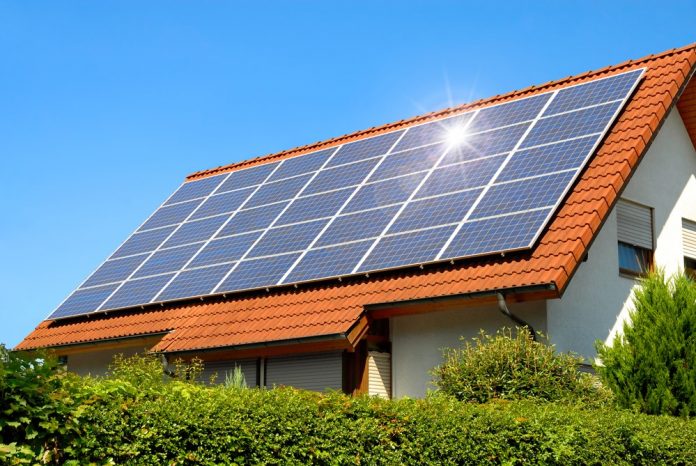Renewable energy is going to replace traditional sources of energy like fossil fuels, no question about it. One source of renewable energy that is gaining traction is solar energy. Corporations of all sizes are jumping into the fray as they try to get a piece of the cake of this expanding industry. But is it a worthwhile investment? To help you decide on whether commercial solar is a worthy investment or not, let’s look at 5 tips to determining your return on investment in it.
1. The payback period
The payback period is the amount of time it takes for you to recoup your initial investment. It is one of the best ways to determine your return in commercial solar. To determine the payback period, you need to factor in issues like government subsidies, maintenance costs, and taxation on solar savings. The payback period also factors in the level of inflation. The ideal is that inflation should not be greater than the expected return within the timeframe in which a company expects to recoup its investment in commercial solar. The payback period method is a great approach to determining your return on commercial solar because it helps you do a practical opportunity cost analysis when compared to other investments.
2. The return on Investment
Determining commercial solar ROI can be a daunting task. That’s because you have to factor in the expected lifelong costs of your project. These costs are hard to determine beforehand because commercial solar can last for up to 25 years, a time frame that is hard to forecast costs. Nevertheless, the return on investment is a great way to determine your commercial solar returns and viability. That’s because it gives you a comprehensive picture of how much money you can save through cost cuttings over the lifespan of the solar. For instance, using this method, you can determine how much money you are saving when using solar relative to the amount of money you would have spent on non-renewable energy sources like fossil fuels.
3. The Net Present Value
Like any other investment, the net present value can be used to determine the return on investment for commercial solar. That’s because commercial solar investments are long-term investments, and net present value works best on long-term projects. Using this method, the time value of the money saved must make sense. Otherwise, the investment going into solar would be better utilized in any other investment. With the net present value, you get to factor in costs like inflation and the opportunity cost of the solar investment.
4. The internal rate of return
This ranks among the best ways to determine the return on investment on commercial solar. It offers a clearer picture of the returns on investment on your commercial solar projects as compared to the net present value. That’s because, unlike the NPV which just shows the future absolute values, the internal rate of return gives you annualized percentage returns on your solar investment. This way, you can decide whether the investment is worth it, when you factor in issues like expected inflation over the time the solar will be viable.
5. Annualized depreciation
This entails determining the average rate of depreciation of your commercial solar then comparing this with the expected returns. If the level of depreciation is higher than the expected returns, then you can do away with the commercial solar project altogether. On the other hand, if the rate of depreciation is lower than the expected returns and projected cost savings, then you would be in a position to invest in commercial solar.
Hundreds of Business Opportunities – Visit the Home Business EXPO
Find a Home-Based Business to Start-Up >>> Hundreds of Business Listings.

















































